pico terminal: a friendly neighborhood abandoned bus station!
On a low-lying plain between the Rio Hondo and the San Gabriel River, north of Downey and south of South El Monte, lies the city of Pico Rivera. Running east to west through its center is Whittier Boulevard, connecting a near-continuous string of suburban retail and commercial plazas, with a few older buildings fronting directly onto the sidewalk. It's a busy road, with heavy truck traffic in addition to throngs of cars. This artery of the city of Pico, and its connections to the east and west, is served by the Montebello bus lines route 10. Riding this route led me, via anecdotes from longtime passengers, to an abandoned bus terminal that I had never heard of!
Just south of Whittier blvd, at the intersection of Durfee/Jackson and Passons, behind an AutoZone and a church, is a wide, crumbly asphalt apron with a small wood and brick building at its center. Its tile roof extends in a car-port-like structure over two pull-through lanes, separated by a small concrete curb median, and a wooden bench along the building's wall. Around the back of the building, the roof shows signs of fire damage, with only its metal frame still present. Its past as a bus terminal is heralded only by a few signs reading "buses only" and "no parking." So, when was this terminal in use? What buses served it? When was it abandoned, and why?
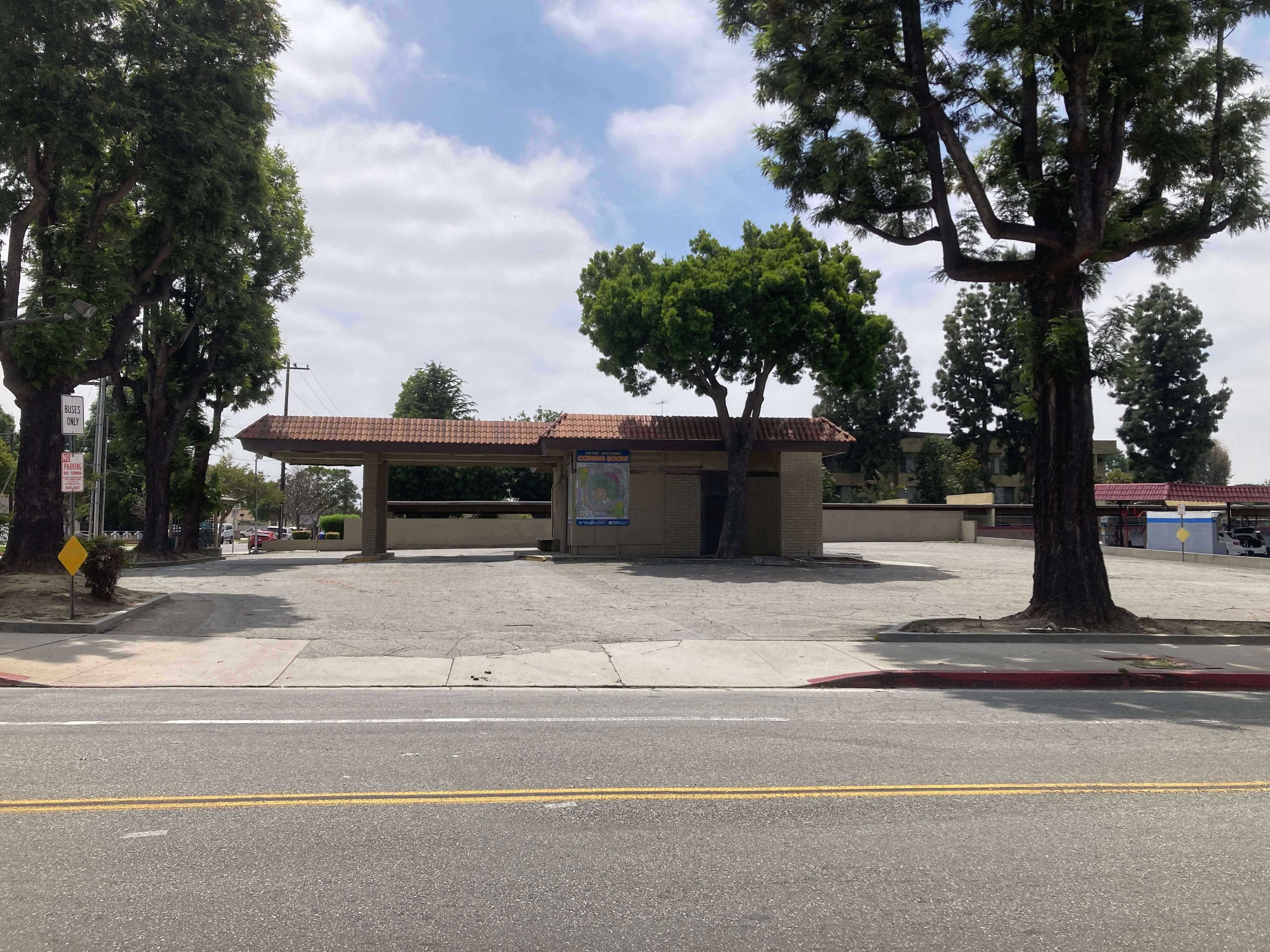
Bus service on whittier boulevard goes back to the earliest days of rural motor stages, but let's focus on modern history. RTD routes 470 and 471 served this part of the whittier boulevard corridor from 1976 to 1998. These express routes ran along the 60 freeway to Garfield Avenue before running on Whittier boulevard to uptown Whittier, there splitting off to either La Habra or Puente Hills Mall. These were replaced by the limited-stop Metro 318, and then an extension of the 18 local. In 2002, the 18 was shortened and Montebello Bus Lines took over service to Whittier.
Previously, Montebello line 10 had run a more local service parallel to these regional routes, south from Monterrey Park on Atlantic before turning easterly on Whittier, and terminated at Pico Terminal. These buses competed for local traffic and ran more frequently than the metro lines. Once the 18 was cut back, however, the 10 became the only public transit bus between Whittier/Garfield and the Whittwood mall.
For some years after the 18 cutbacks, the Montebello 10 operated a long line and a short line. The short line still ended at Pico Terminal, while the long line ran to Whittier. From what I can tell, the short line operation continued at least until 2020, being mentioned in a planning report from January that year. Likely concurrent with COVID-related service suspensions, the short line was discontinued, lengthening the headway west of Pico from ten minutes to twenty, and leaving the terminal unused. Montebello's much less frequent 60 bus still stops just in front of it, but does not enter the terminal.
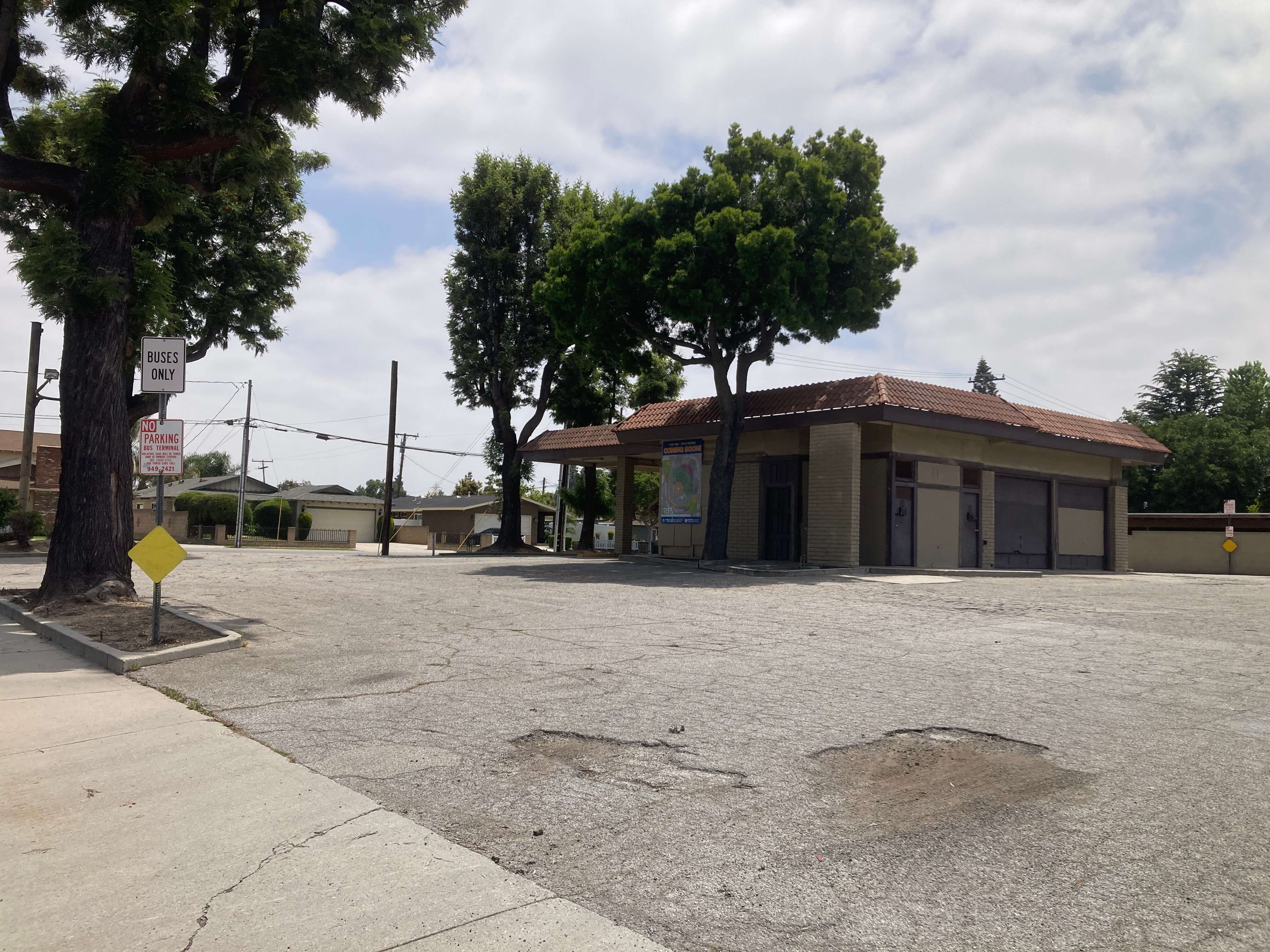
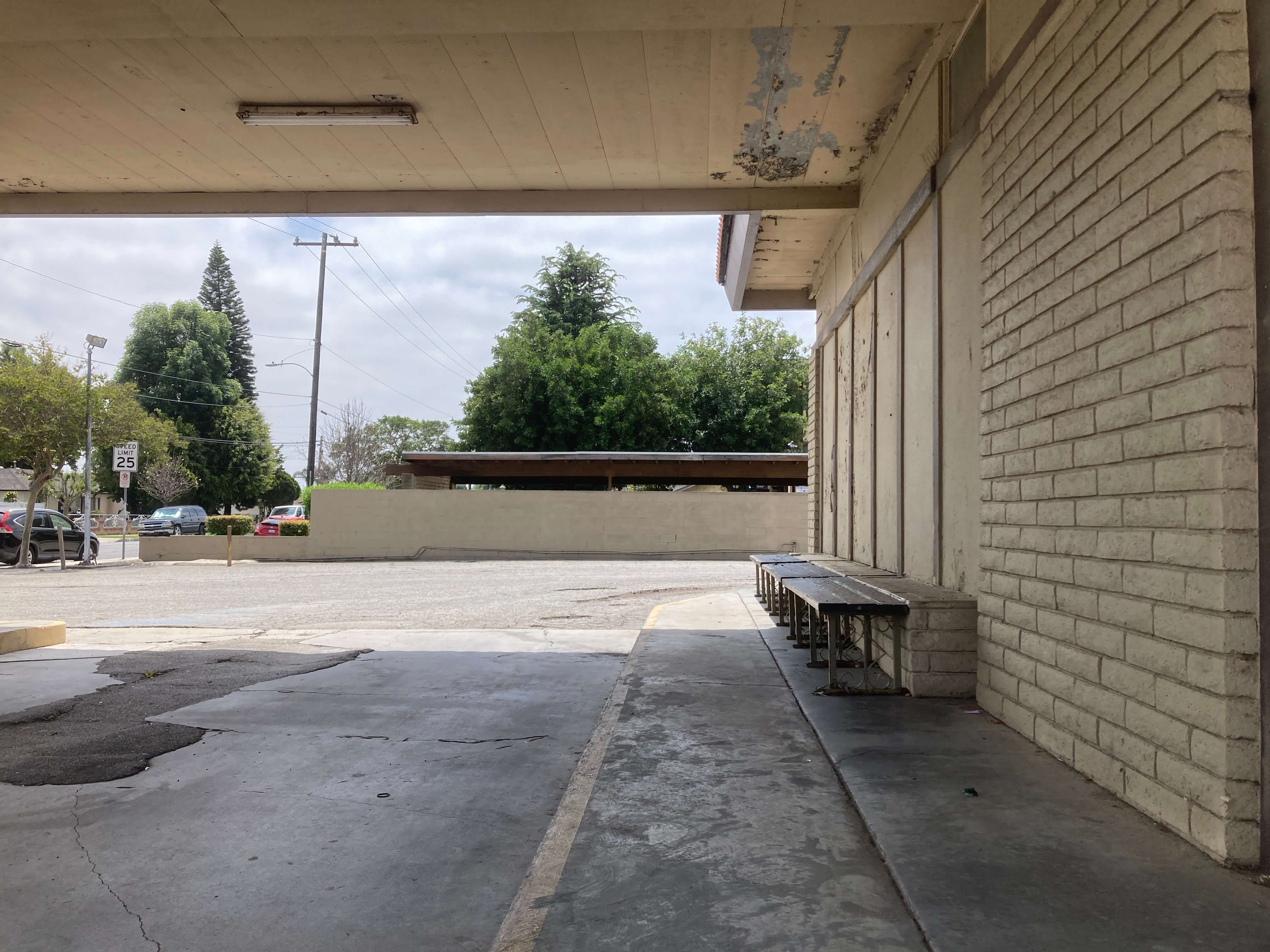
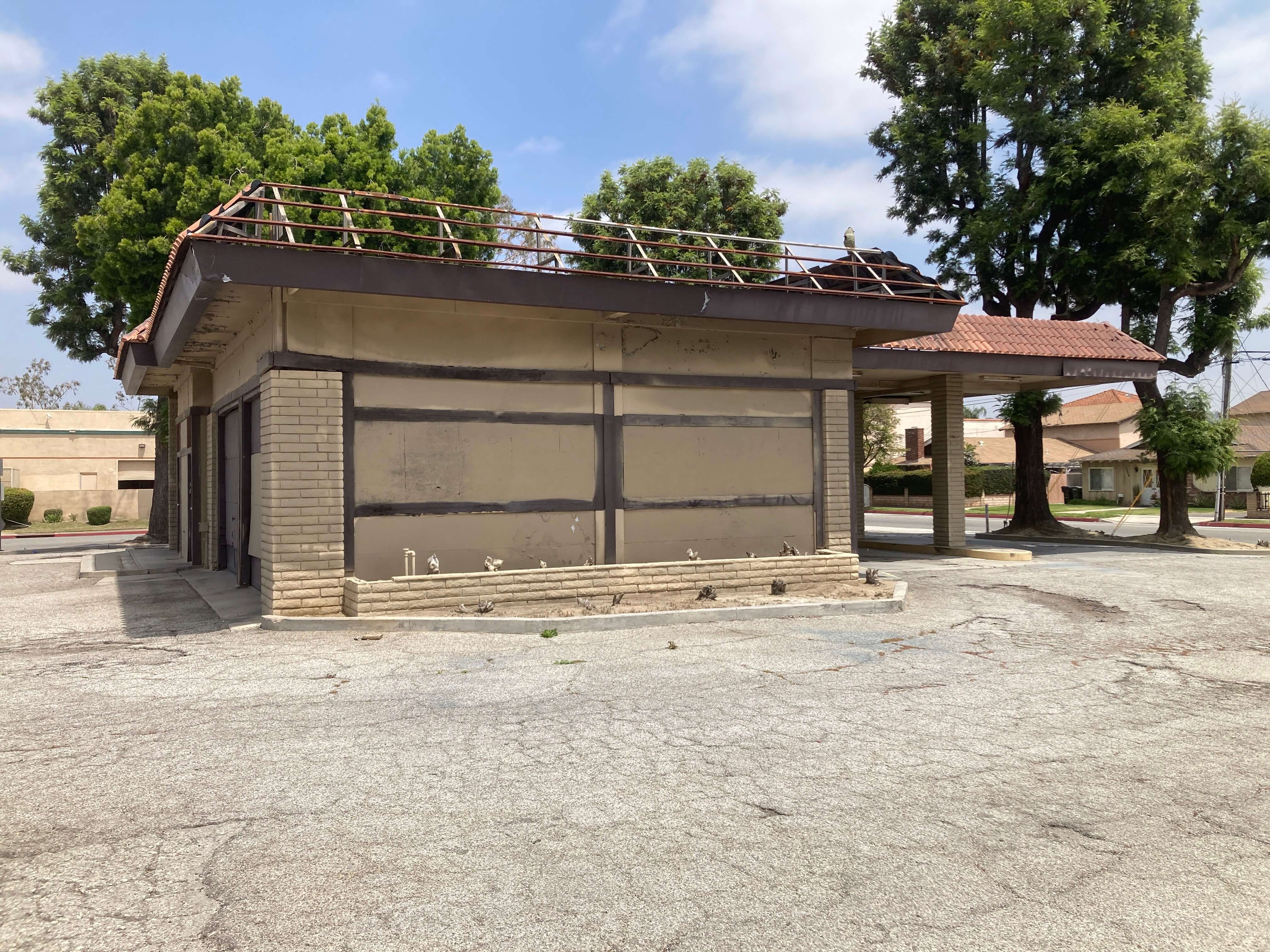
The short-range planning report from early 2020 mentions a rennovation of Pico Terminal, but that seems to have fallen through, probably because of those service changes. Now, the terminal carries a large banner declaring that a community park is coming soon, from the Pico parks department. This would suggest that Montebello sold the property to the city of Pico, and no longer plans to rehabilitate it for transit use.
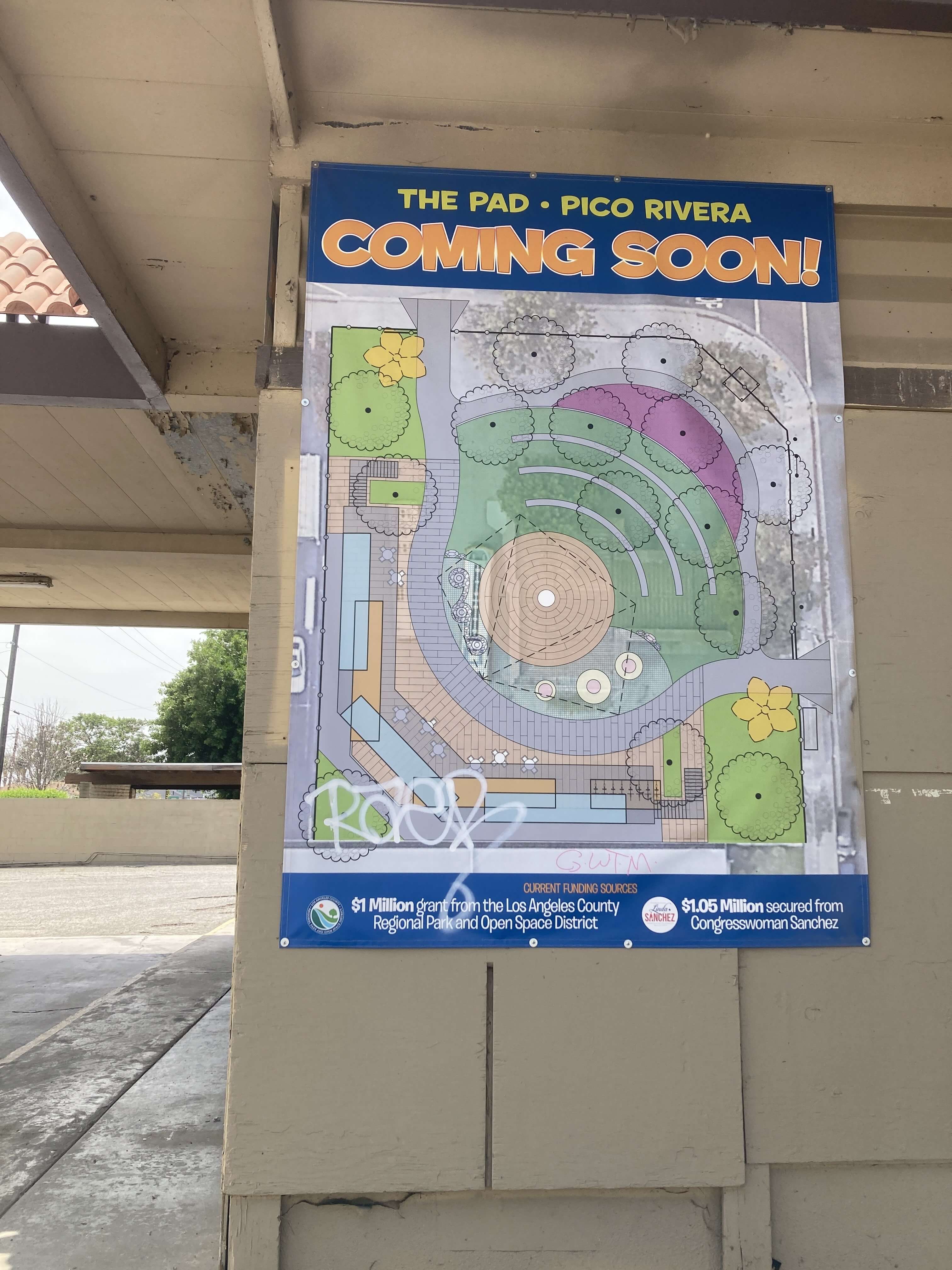
Exploring and researching about this little terminal pushes all the mental buttons that make me fascinated by abandoned bus stations. It brings up questions about the far-off world of the recent past, and the worlds that could have been. I imagine the countless people for whom this was an unassuming piece of ordinary life. What routines did people build around the terminal? Who sat on the benches, waiting for their next bus on the way to and from jobs and errands? What conversations did the regular passengers have here? And how many other small terminals are there, left by the wayside as operational plans have shifted over the years? How many have already been demolished and redeveloped? Can these lost places be rediscovered? Only more exploring will tell.